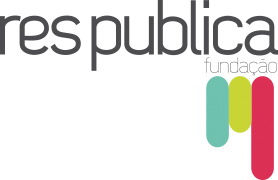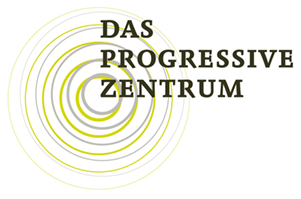
next environment
Publication
Transition to new sources of energy: technologies, costs and geopolitics
July 16, 2018Author: Davide Tabarelli
Europe has the leadership in trying to solve what is believed to be the main global problem of our times; climate change caused by increasing greenhouse gas emissions from fossil fuel combustion. A commitment it took seriously when the scientific discussion emerged on this field at the beginning of the ‘70s, strengthened over the following decades until the Paris agreement of December 20151. The opportunity for jobs and increased GDP is immense. Many European Union policies are defined to combat climate change and it is one of the priorities, along with Energy Union, defined by the Commission in 2014 for 2020. Moreover, the Commission in 2011 approved the Road Map to 2050 that aims at reducing CO2 emissions between 80% and 95% compared to 1990 level by 2050.
Europe can boast important achievements since its emissions in 2016 were already 22% lower than in 1990, however the reduction trend stopped recently and inverted in 2017 with a sudden increase of 1.8%2, according to the preliminary estimates of Eurostat, driven mostly by a robust recovery of energy consumption. The target of 20% reduction by 2020 has already been reached, while that of 40%3 seems now more distant. The present paper after a brief analysis of the present energy market conditions, emphasises that the process of transitioning to a lower carbon society at its most challenging phase. Initial decarbonisation was easier in the first phase from 1990 onward until few years ago, as there were large opportunities to improve energy efficiency and to close some of the most polluting plants. For instance several out-dated coal power stations in central and eastern Europe were replaced by modern plants using gas. In the countries with the biggest GDP in Europe, a huge jump of renewable energy sources (RES) took place due to generous subsidy schemes. Nevertheless renewables are becoming more and more competitive compared to conventional fuels. The latest roadmap from IRENA, prepared with the European Commission shows that the EU could cost effectively double its RES share.
related publications
-
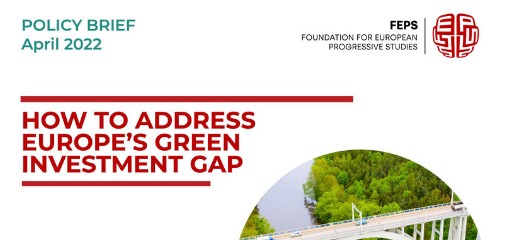
How to address Europe’s green investment gap
read more -
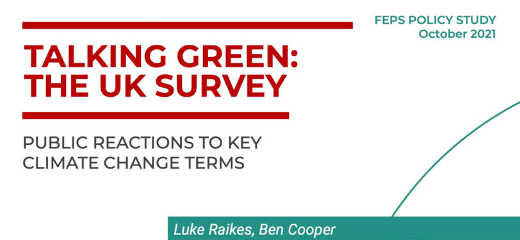
Talking Green UK
read more -
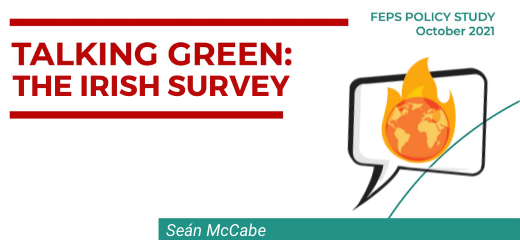
Talking Green: The Irish survey
read more -
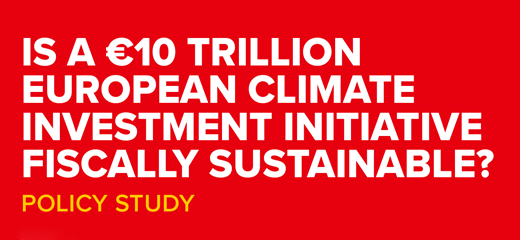
Is a €10 Trillion European Climate Investment Initiative Fiscally Sustainable?
read more -
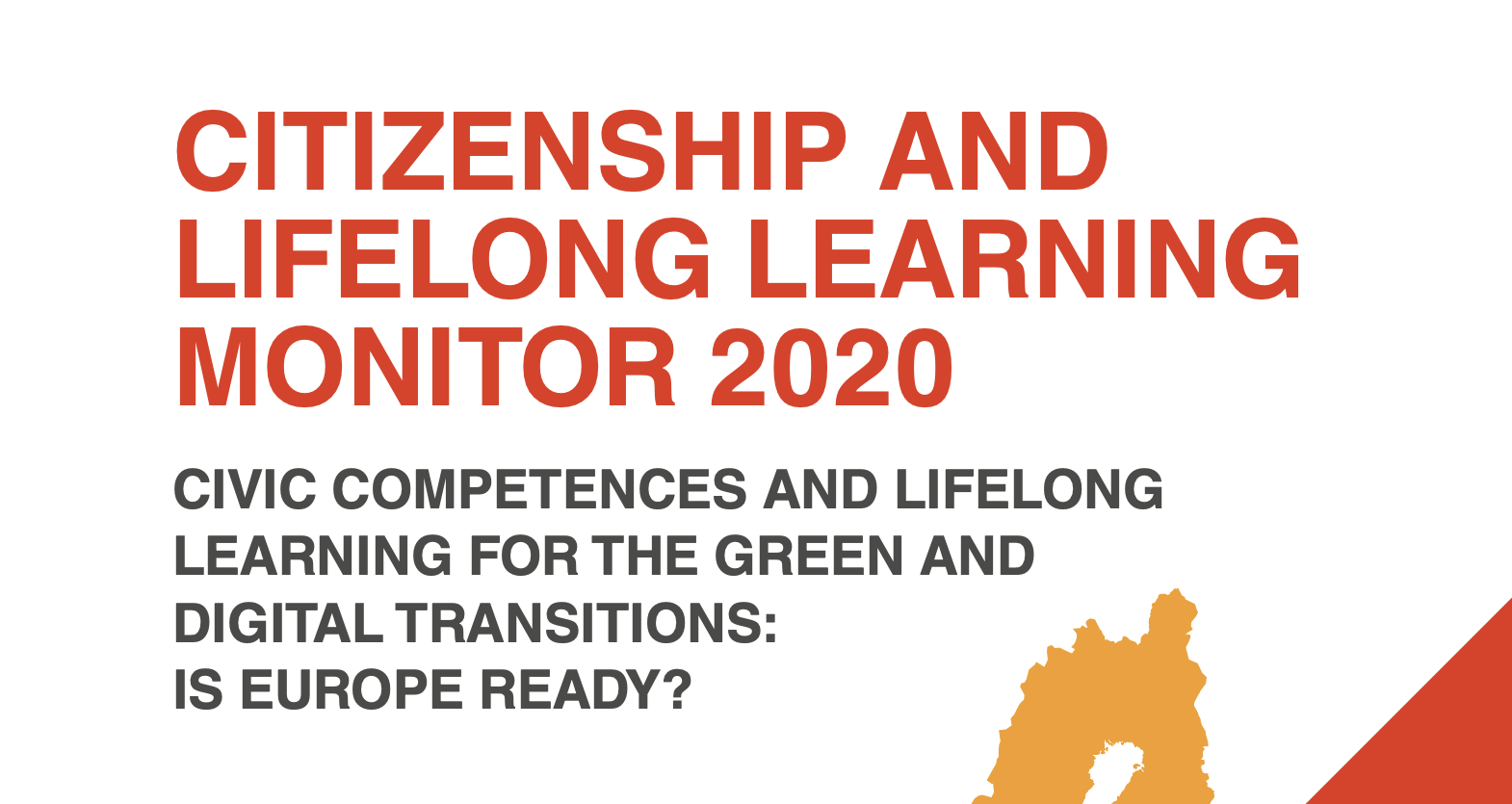
Citizenship and Lifelong Learning Monitor 2020
read more -

The People’s Transition: Community-led development for Climate Justice
read more

























